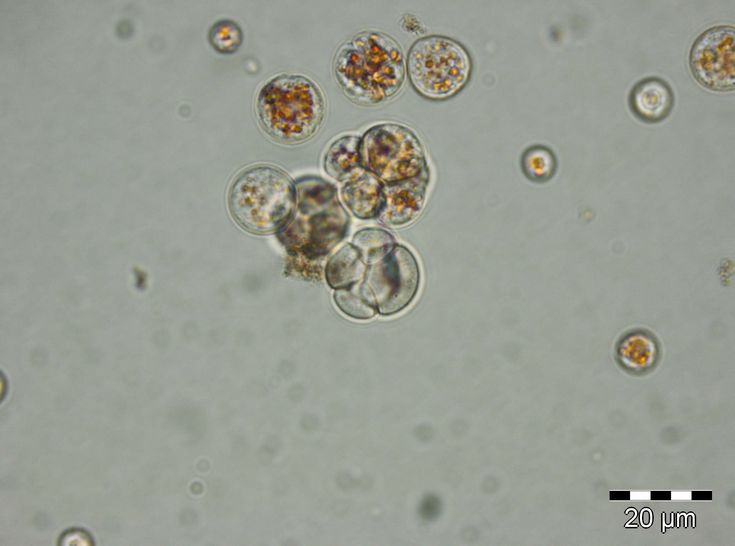Fermentation of DHA and Squalene
Docosahexaenoic acid (DHA) is a polyunsaturated fatty acid (PUFA) of the ω-3 group and a member of the linolenic family. DHA occurs in the biological membranes of many eukaryotic microorganisms and serves as a cellular storage of carbon and energy [15]. The major marine sources of DHA are microalgae (phytoplankton) [2].
In the human body, DHA plays an integral role in membrane phospholipid synthesis and is an essential structural component of the brain, retina, and heart tissue [3, 11]. During the development of these structures, an increased demand for DHA occurs. As DHA is transferred across the placenta directly into the fetal blood, its inclusion in the diet of pregnant women is important [6].
Aurantiochytrium limacinum SR21, formerly known as Schizochytrium limacinum [14], belongs to the Thraustochytrid family. Thraustochytrids have been found to reach high biomass levels, with 50% of their biomass being stored as lipids comprising large amounts of ω-3 PUFAs [4]. A. limacinum SR21 is known for its high production of ω-3 PUFAs, such as DHA, and docosapentaenoic acid (DPA; ω-3, 22:5) [5]. Recent studies have shown that it can be cultivated in low-salt media [9, 10]. This study reports the cultivation of A. limacinum and its DHA production using three different carbon sources.

